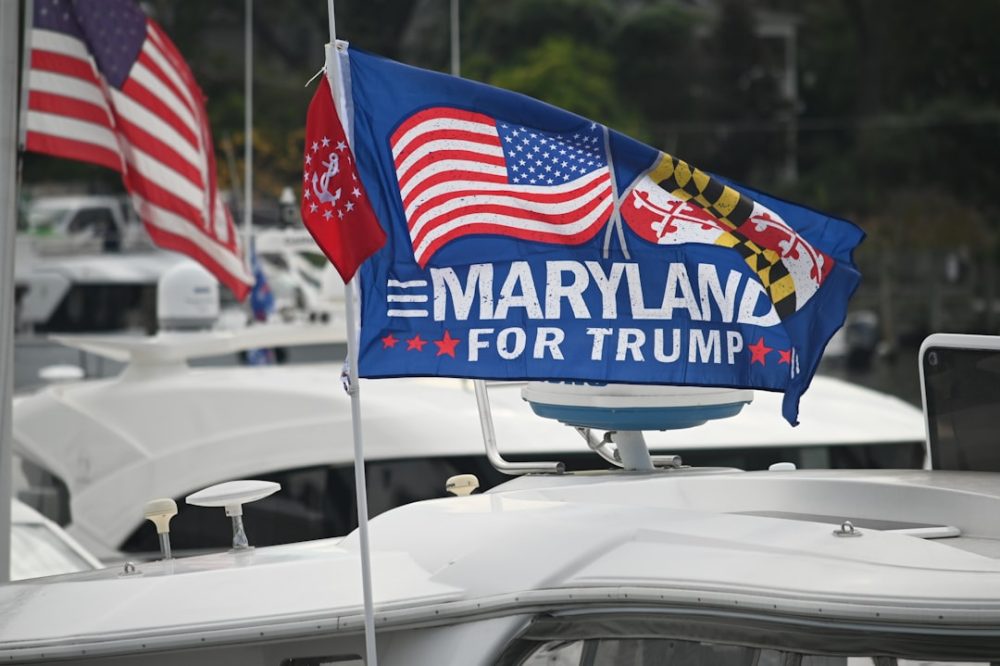Political marketing has become an increasingly important tool for candidates and parties seeking to connect with voters, craft resonant messages, and ultimately win elections. On Long Island—a densely populated and politically diverse region of New York State—the nuances of political marketing are particularly critical. The island’s unique blend of suburban communities, shifting demographics, and swing-voter dynamics make it a microcosm of broader American political trends. To succeed here, political campaigns need to employ carefully tailored strategies that reflect the island’s distinct political landscape.
Understanding Long Island’s Electoral Landscape
Long Island comprises Nassau and Suffolk counties, both of which have witnessed significant political transformations in recent decades. Traditionally considered a bastion of Republican strength, Nassau and Suffolk have become increasingly competitive, with Democratic candidates achieving notable successes in state and national elections. That said, local races often swing in either direction, making voter outreach and message alignment pivotal.
Effective political marketing on Long Island depends on a deep understanding of local concerns—from suburban tax burdens and property values to concerns about infrastructure, crime, and education.
[ai-img]long island, elections, political yard signs[/ai-img]
Key Strategies for Political Marketing on Long Island
To run an impactful campaign in this territory, candidates and consultants must deploy a full range of marketing tactics, both traditional and digital. Below are core strategies that have proven effective:
- Localized Messaging: Voters on Long Island place high value on candidates who understand and address their unique issues. This includes tailoring campaign messages to reflect the nuances of various communities within the island—from affluent North Shore neighborhoods to working-class South Shore towns.
- Segmented Voter Outreach: Campaigns must use demographic data to segment the electorate and target messages accordingly. This involves crafting different direct mail pieces, digital ads, and community engagement strategies based on age, ethnicity, and political affiliation.
- Grassroots Engagement: Door-to-door canvassing, town halls, and appearances at local events remain powerful tools. On Long Island, many voters prefer face-to-face interaction with candidates, particularly in tighter races.
- Digital and Social Media Presence: Digital platforms are essential for reaching younger and more digitally connected voters. Facebook, Instagram, and YouTube ads, combined with search engine optimization (SEO) strategies, allow for cost-effective message dissemination throughout Long Island’s dispersed media markets.
- Strategic Media Buys: With a high cost of entry in traditional media markets like New York City, political campaigns must select print, radio, and TV placements carefully. Hyper-local outlets—such as Newsday and Long Island News Radio—offer targeted visibility at a more manageable cost.
Voter Behavior: Insights from Recent Elections
Recent elections have underscored the unpredictability of Long Island’s voters. In 2022, competitive congressional races in districts like NY-3 and NY-4 showcased how voter sentiment in Nassau County could quickly shift depending on national issues, local concerns, and the effectiveness of campaign messaging. The COVID-19 pandemic, economic uncertainty, and immigration policy have all served as focal points for influencing voter turnout and sentiment.
[ai-img]campaign rally, political signs, long island voters[/ai-img]
Furthermore, turnout rates on Long Island fluctuate between midterm and general elections, requiring campaigns to assess whether to focus more heavily on base mobilization or swing voter persuasion. Monitoring voter registration trends and leveraging predictive analytics can help campaigns anticipate turnout and tailor their messaging and resource allocation accordingly.
Challenges in the Long Island Political Environment
Despite the availability of modern marketing tools, campaigns in this region face several complex challenges:
- Media Fragmentation: The high density of New York state’s media markets, combined with Long Island’s split consumption habits between New York City and local channels, complicates efforts to deliver consistent messaging.
- Voter Cynicism: Many residents express disillusionment with politics, especially concerning perceived inaction on infrastructure and affordability. Breaking through voter apathy requires well-crafted narratives and authentic candidate personas.
- Balancing National vs. Local Issues: While some voters are focused on national policies, others prioritize local governance, especially school board and county-level decisions. The challenge lies in integrating both into a cohesive campaign theme.
Conclusion
Political marketing on Long Island is as much an art as it is a science. Successful campaigns are those that combine data-driven insights with a deep understanding of the island’s sociopolitical climate. Whether leveraging new digital platforms or sticking to proven grassroots methods, candidates must tailor every component of their outreach to meet the values, concerns, and expectations of Long Island voters. As this region continues to serve as a bellwether for state and national politics, mastery of its complex terrain remains essential for any serious contender.


